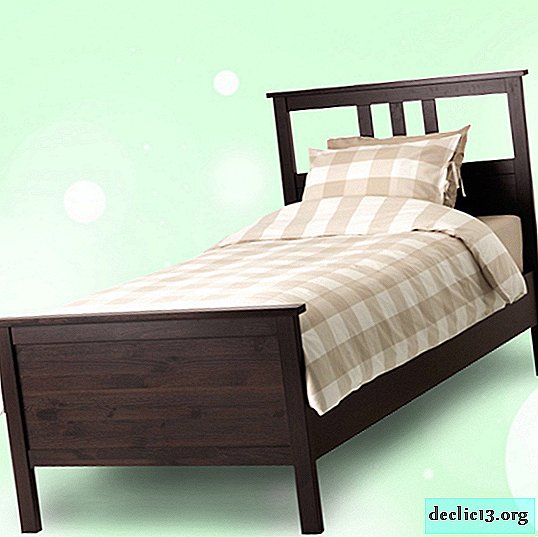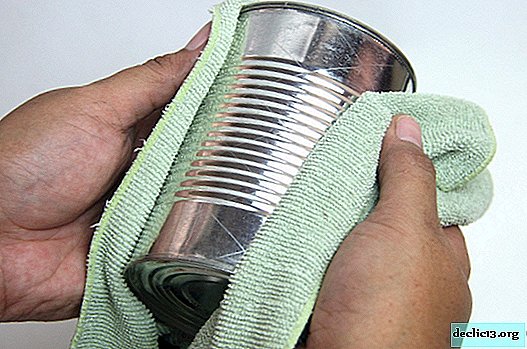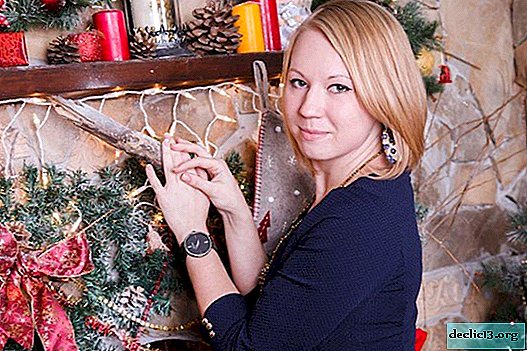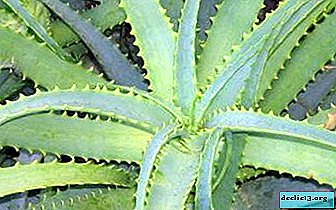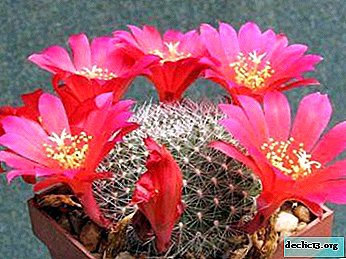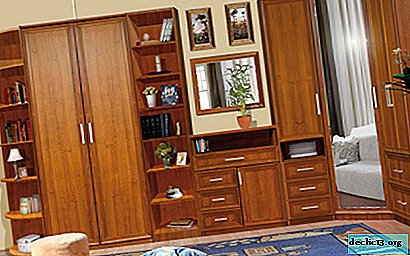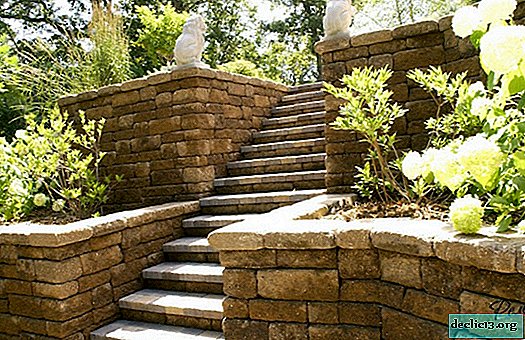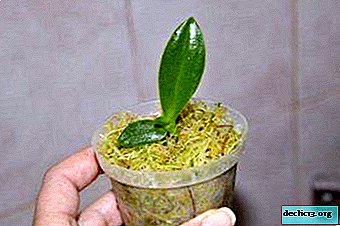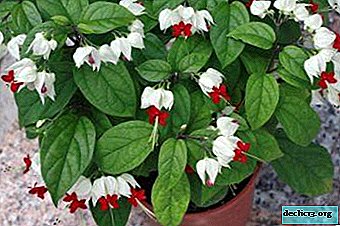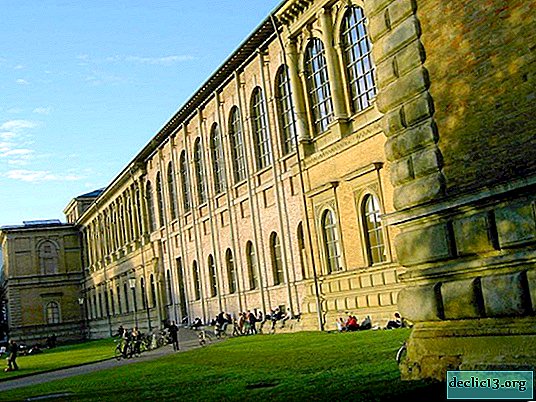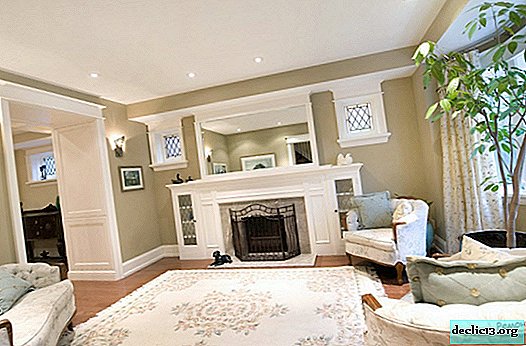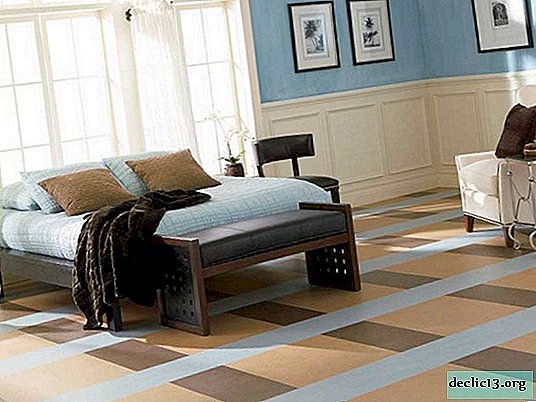Brushed wood - a spectacular interior detail
Wood brushing is one of the methods of decorative finishing of natural material, which can be used in the manufacture of a wide variety of interior items and materials for decoration. This processing method is based on using the difference in density between the layers of wood. If you look at the saw cut tree, then the annual rings will be perfectly visible precisely due to the difference in layer densities. Fibers with different physical qualities form a characteristic individual pattern that can be effectively used to create decorative (but functional) surfaces. It can be furniture, decoration materials or just decorative elements designed to decorate the interior.
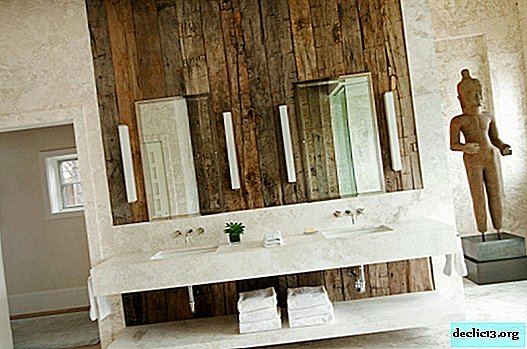
Aged tree is a trend in modern design
In modern interior design, brushed wood surfaces are used everywhere, in rooms with a wide variety of functionalities. This is not an easy trend of this season, it is a popular way to create design solutions for several years. Obviously, the fashion for artificially aged wood will not work in the near future - you can safely use this technique to design your own home and be sure of the relevance of the created design.





Throwing is carried out by removing the soft layers of wood, after which the denser layers are exposed, representing a beautiful natural pattern, a relief surface. Usually, the removal of soft layers occurs over time naturally. In the framework of a carpentry workshop, this process can be accelerated and the wood visually aged to obtain a textured surface.





The process of accelerating the aging of wood can be done with both soft and hard woods. The only condition is the presence of clearly defined layers with a soft and hard composition, obvious texture. The following wood species possess these properties:
- Pine;
- oak;
- larch;
- ash;
- nut;
- wenge (a breed of African wood of dark color).





To those types of wood that it makes no sense to try to brush due to the lack of obvious “layering” (differences between the soft and hard layers, the absence of a fine fiber structure) include:
- cherry;
- Birch;
- alder;
- maple;
- teak;
- beech.





Given the fact that natural wood fits perfectly into almost any stylistic direction in interior design, abandoned wood is actively used both for surface finishing and for the manufacture of furniture and decor. Floor coverings, wall and ceiling panels, frame furniture, storage system facades - it is difficult to list all areas of application of artificially aged wood.




Home brushing process
The brushing method is one of the easiest ways to age wood at home. It is possible to add texture to a wooden surface if there is a minimum amount of equipment, tools and devices. The advantage of the method is that it involves the use of exclusively manual labor.




So you will need:
- metal brushes with different degrees of hardness (for coarse removal of the soft layer from the surface of a wooden workpiece);
- emery paper with a different level of granularity (it will be necessary both for rough grinding and for final polishing;
- wood stain to give wood maximum decorativeness;
- varnish for final surface treatment.




All these devices are necessary for exclusively manual work on creating a brushed wood surface. Giving a tree texture, its visual aging can be simplified by mechanizing a little. You can use a drill with the ability to adjust speed and special brushing machines. These machines will need to purchase a set of brushes of three types:
- metal;
- polymer with abrasive;
- sezal (hair).




For the production of a small surface of wood with the effect of texture, it makes no sense to purchase all these devices. But if brushed wood will be actively used in the design of your home, then the expenses will be justified. After all, having a certain sequence of actions, you can achieve not only fast, but also high-quality manufacturing of brushed wood.




Wood brushing action algorithm
The use of brushing for decorative wood processing allows you to change the texture and color of a wide variety of wood species. So let's get started:
1.The timber you need is first moistened in order to avoid the spread of wood dust. The first treatment is carried out using a metal brush, selected based on the density of wood. Metal "bristles" of a brush should successfully remove a soft layer of a tree, but not damage hard layers. The movement of the "bristles" should be in the direction of the fibers, select the intensity and pressure based on the effectiveness of scraping the soft layer. When working manually there is no problem with selecting the desired intensity of action and level of depression, but you have to make a lot of effort. With a mechanical machine, it will be necessary to select the level of rotation of the brush for each product, but the process itself occurs incredibly quickly and efficiently.




2.Next, you need to change the nozzle on a polymer brush with an abrasive. Using this device, it is possible to carry out initial grinding of the surface, removing roughness and possible fragments of wood fibers remaining from the previous processing stage. After all that is superfluous is removed, it is necessary to assess the quality of the work done. If the recesses are not sufficiently pronounced, then treat the surface again (different types of wood “behave” differently at this stage of brushing). At this stage of the work, you can add decorativeness to the workpiece - use a chisel to create indentations of arbitrary shape in different places (at your discretion, it all depends on the desired result). It will be possible to give these deepenings the most natural look (as if the tree itself has grown old over time) after rough grinding.




3.The next stage is the final polishing done with a hair brush (nozzle). This device will help to give the surface a difficult finished look, but the aesthetics of a polished product with a pronounced texture. If you are doing the work manually, use sandpaper with the finest grain level (the surface will be perfectly polished).






4.Next is the process of preparing the product for staining and opening with varnish. The surface must be thoroughly cleaned and dried. Depending on the selected design of the elements that will contain brushed wood, you can choose the type of coating for the textured surface:
- staining;
- gilding;
- patting;
- applying clear varnish only.




The use of stains will allow you to create a quick visual change in the aesthetics of wood - due to the formation of a contrasting pattern on the natural topography of the tree. In order for the areas with soft layers (quickly absorbing the composition) to darken and the denser areas to remain light, the stain must be applied quickly, abundantly and immediately remove the residue. Processing of the textured surface with gilded paint looks incredibly spectacular - against the background of the natural color of wood, it penetrates into the recesses and microcracks, creating an original and noble glow of the whole product.





5.After all work on painting or varnishing is completed, the surface (after complete drying) must be polished again to get rid of roughness that arose during painting. After complete drying, the surface can be varnished. If we are talking about creating a finishing material for flooring, it is necessary to use a special parquet varnish, which allows to extend the life of the created floor finish.




A beautiful effect with a pronounced natural wood pattern can be achieved without staining, by firing the surface with a blowtorch. The workpiece, slightly burnt with a blowtorch, will need to be treated with sandpaper, and after cleaning and drying - varnish to open the surface for final processing.


And in conclusion
One of the main advantages of wood brushing is the ability to create exclusive interior and decoration materials at home. The ability to age the wood visually and to use a spectacular textured surface to create coatings, furniture or decor on their own, pushes many owners of apartments or private houses to carry out various experiments in this area. Original solutions for painting, patching, gilding and silvering of textured products allow you to create a creative design of rooms with a wide variety of functional loads. After all, a natural tree is relevant at all times, in any stylistic direction of interior design. Here are examples of using aged wood for flooring ...




Wall panels for effectively finishing all or just accent surfaces ...




Finishing material for decorating the ceiling ...


The original kitchen apron ...




Ceiling beams, columns and ceilings, platbands, fixtures, railings and staircases and other structural elements of the interior ...





Door interior doors ...



Facades of storage systems ...


Countertops for kitchen islands, dining and writing desks


Furniture items - beds, chairs, tables, stools, coasters, shelves, benches and more ...




